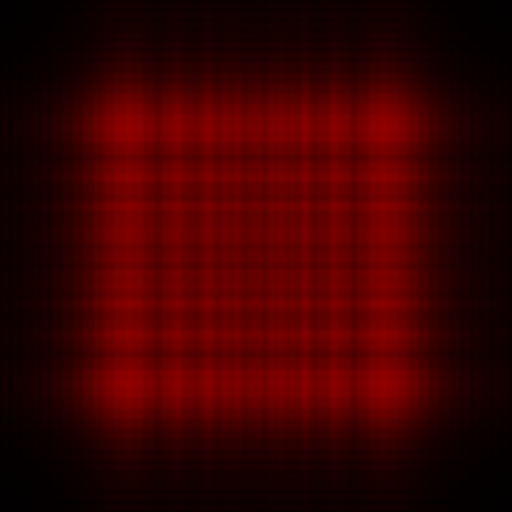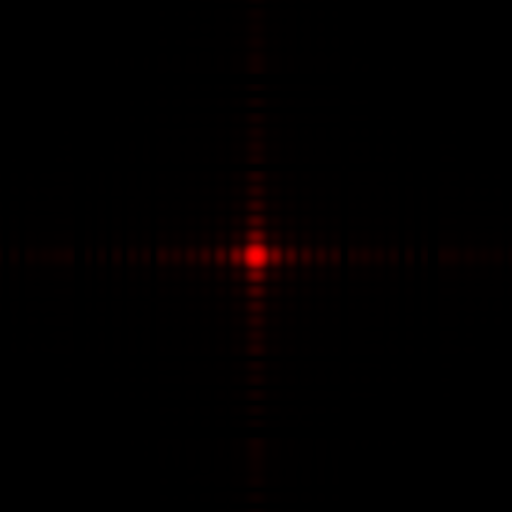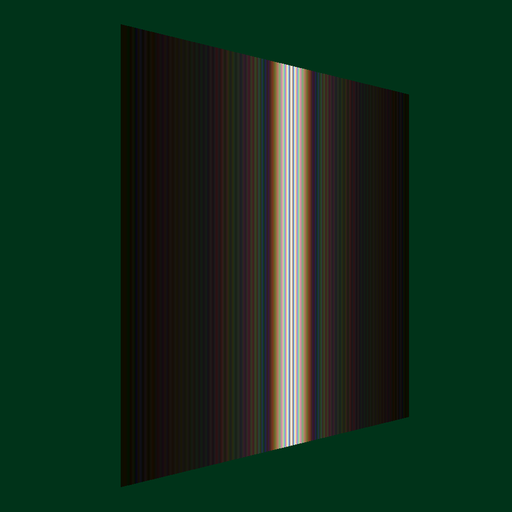Introduction
Se Baek Oh [MIT], Sriram Kashyap, Rohit Garg, Prof Sharat Chandran [IIT Bombay], Prof. Ramesh Raskar [MIT]
Ray–based representations can model complex light transport but are limited in modeling diffraction effects that require the simulation of wavefront propagation. This project provides a new paradigm that has the simplicity of light path ray tracing and yet provides an accurate characterization of both Fresnel and Fraunhofer diffraction. We introduce the concept of a light field transformer at the interface of transmissive occluders. This generates virtual, and possibly negative-valued light sources after the occluder. From a rendering perspective the only simple change is that radiance can be temporarily negative. We demonstrate the correctness of our approach both analytically, as well by comparing values with standard experiments in physics such as the Young’s double slit. Our implementation is a shader program in OpenGL that can generate wave effects on arbitrary surfaces.




